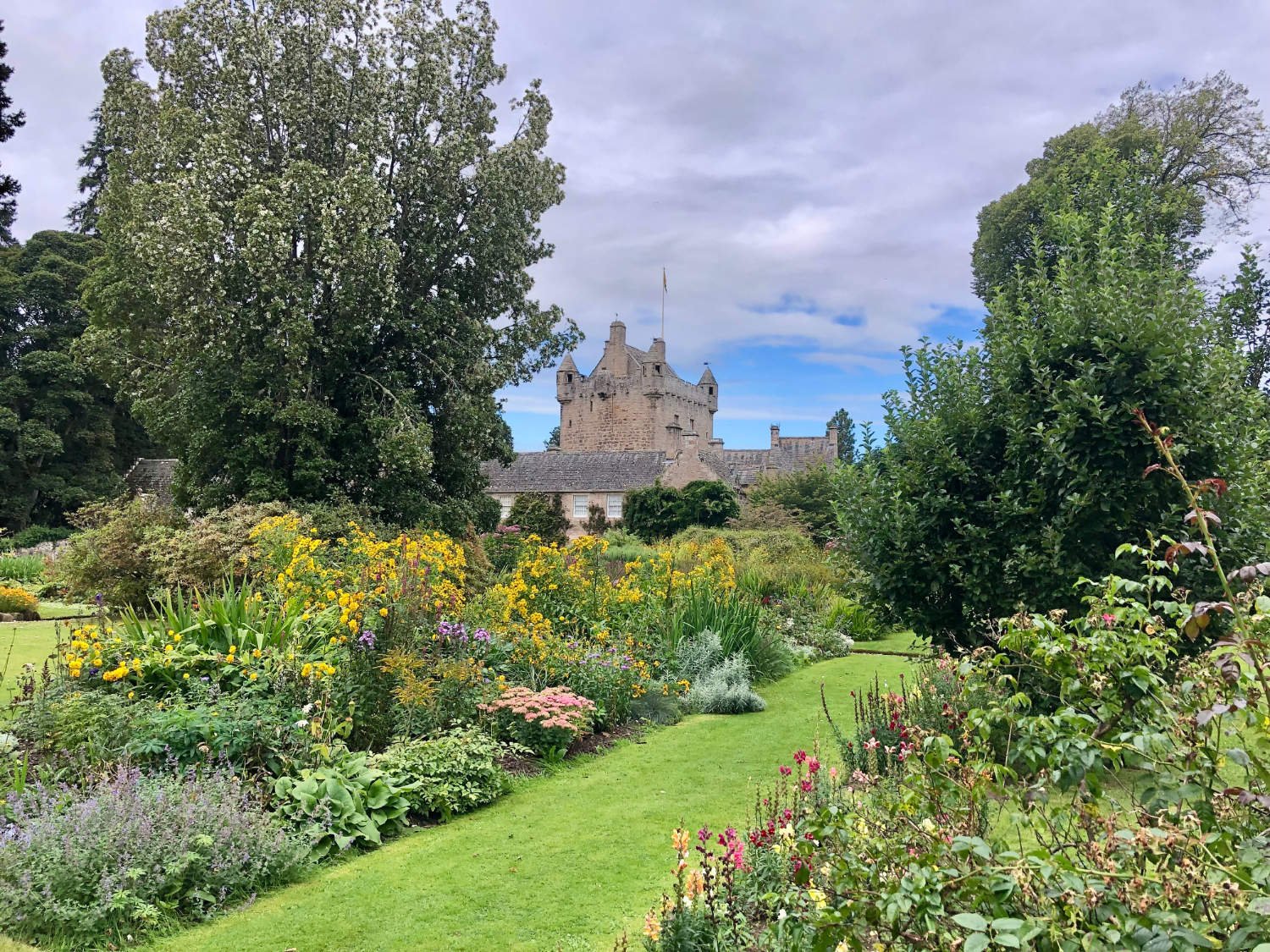NCN 1 Stage 19 Elgin to Inverness
Cawdor Castle
Ride overview
It’s a blood-soaked ride today - not for you of course, for you will stay firmly in the saddle, but the route crosses one of the most harrowing places in Britain. Or, if you take Shakespeare at his word, then you are in for a double whammy. Cawdor Castle is where the Bard had Macbeth usurp the Scottish throne, and Culloden is not only the last major battle on British soil, but one of its bloodiest and probably the most definitive in terms of results. The cycling does not match up to the history today, as the route rarely rises above the ordinary. Should you forego the history, Inverness will be reached after a pretty easy ride. It is the self-styled Gourmet capital of Scotland. If you’ve ridden past the history, then the city is your place to restore energy before the Highlands begin on tomorrow’s stage.
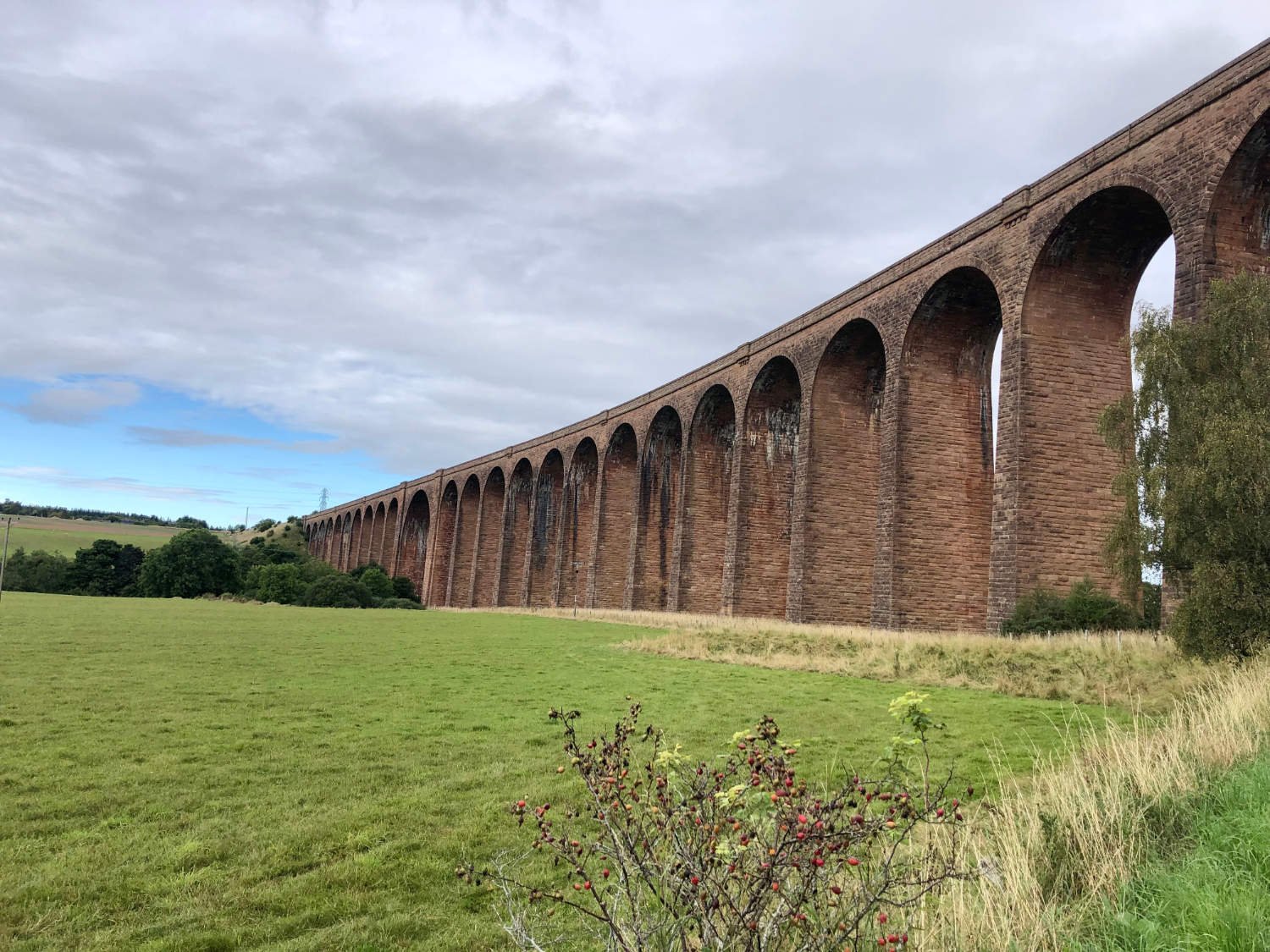
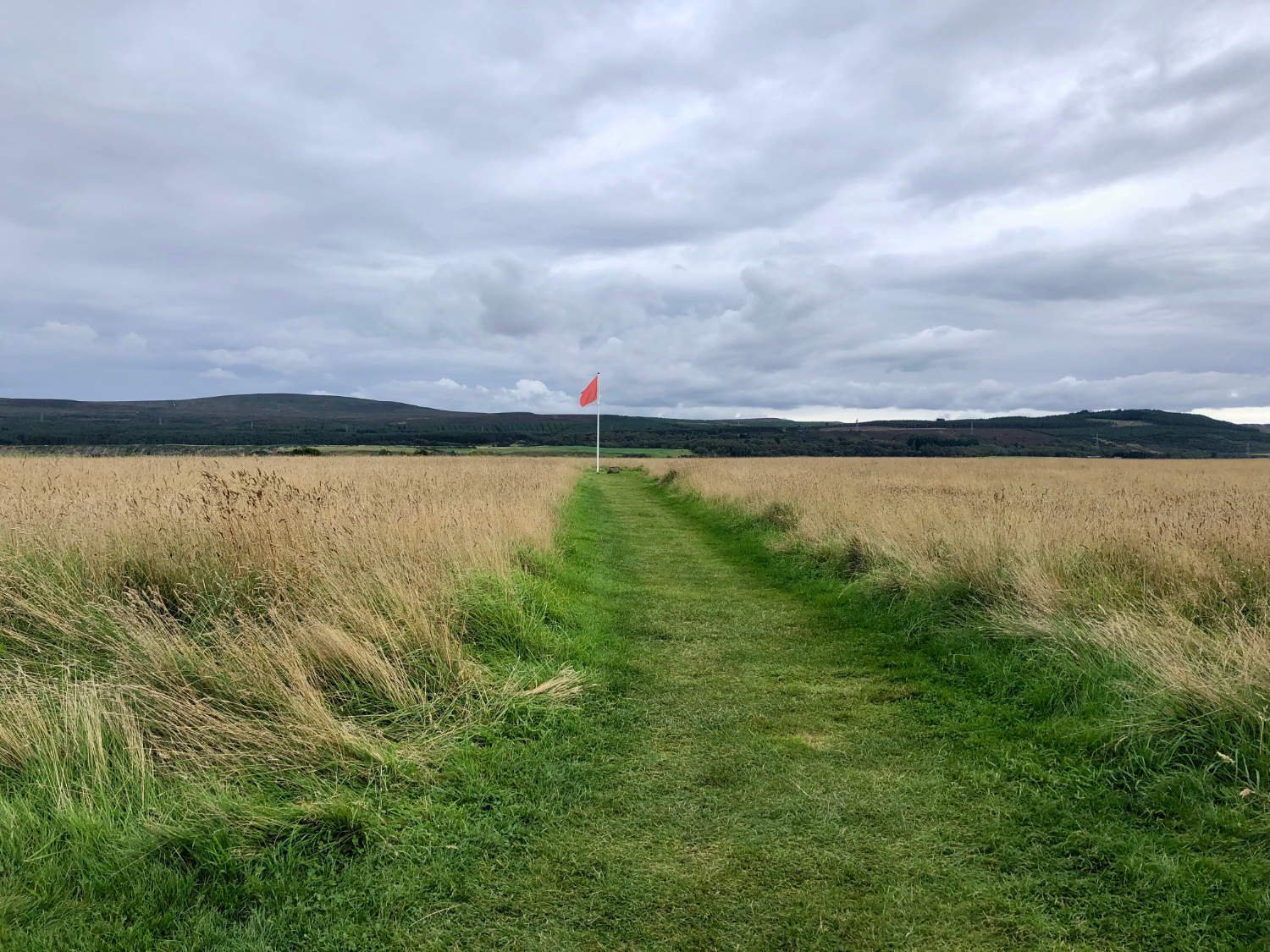

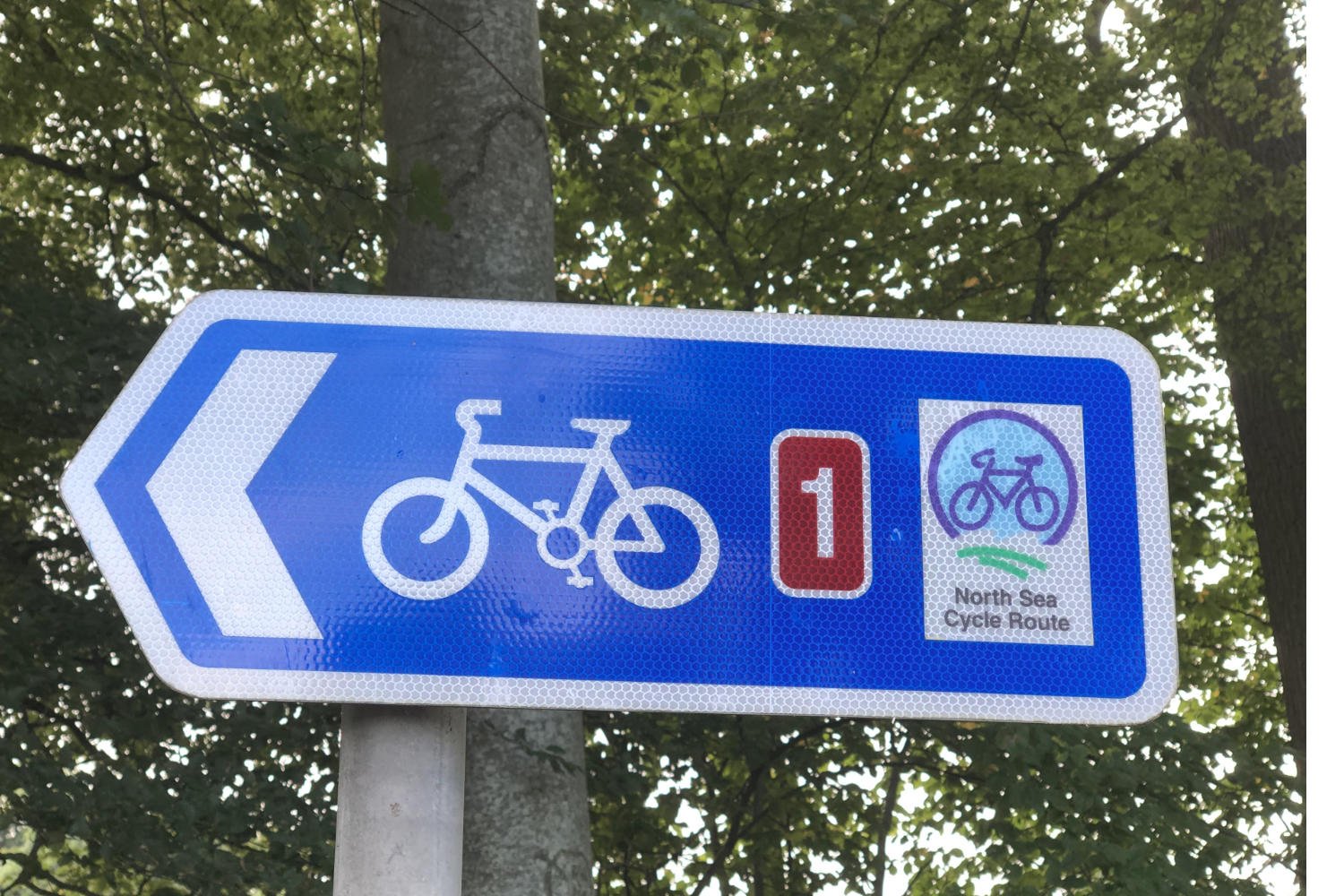
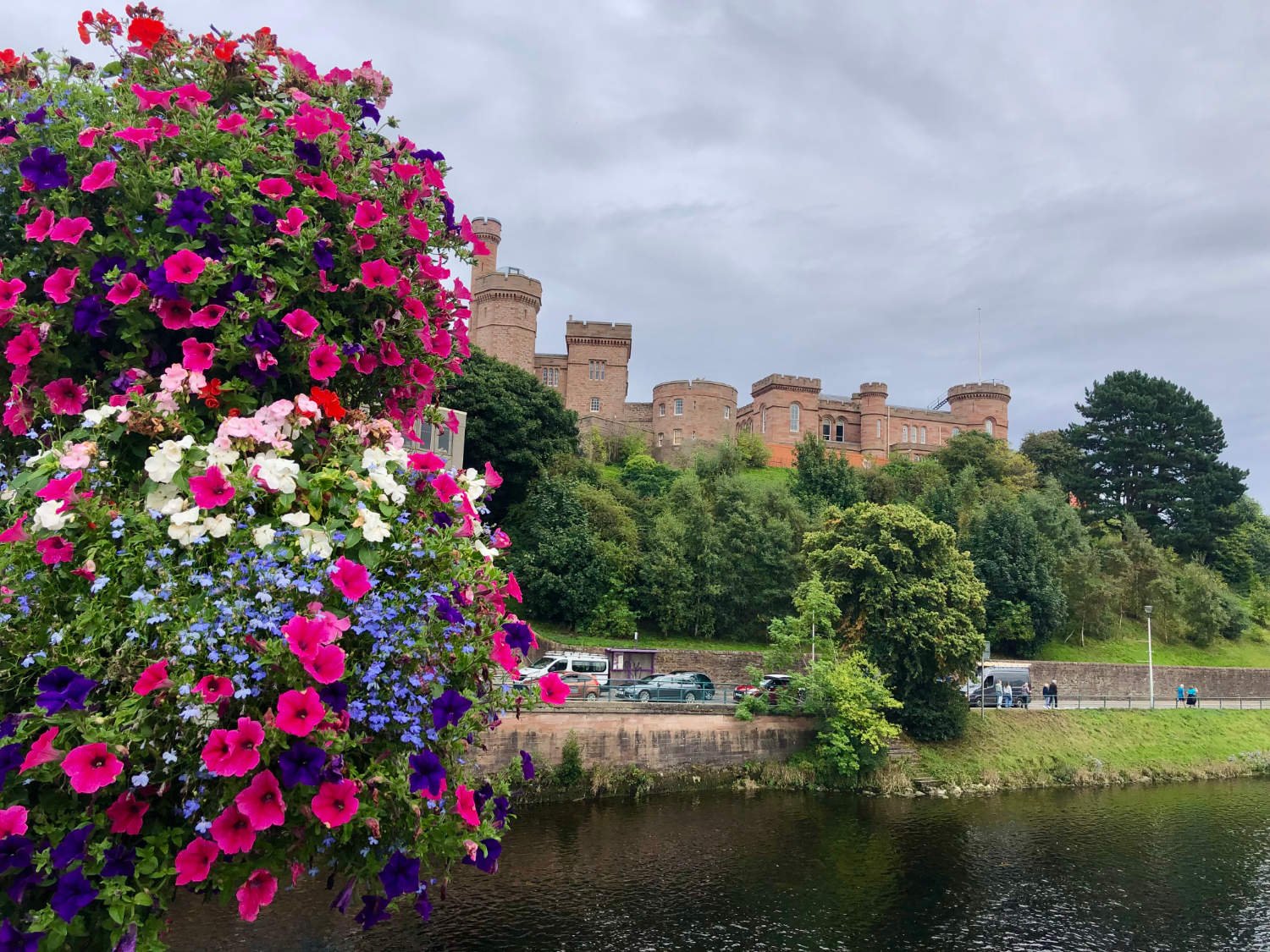
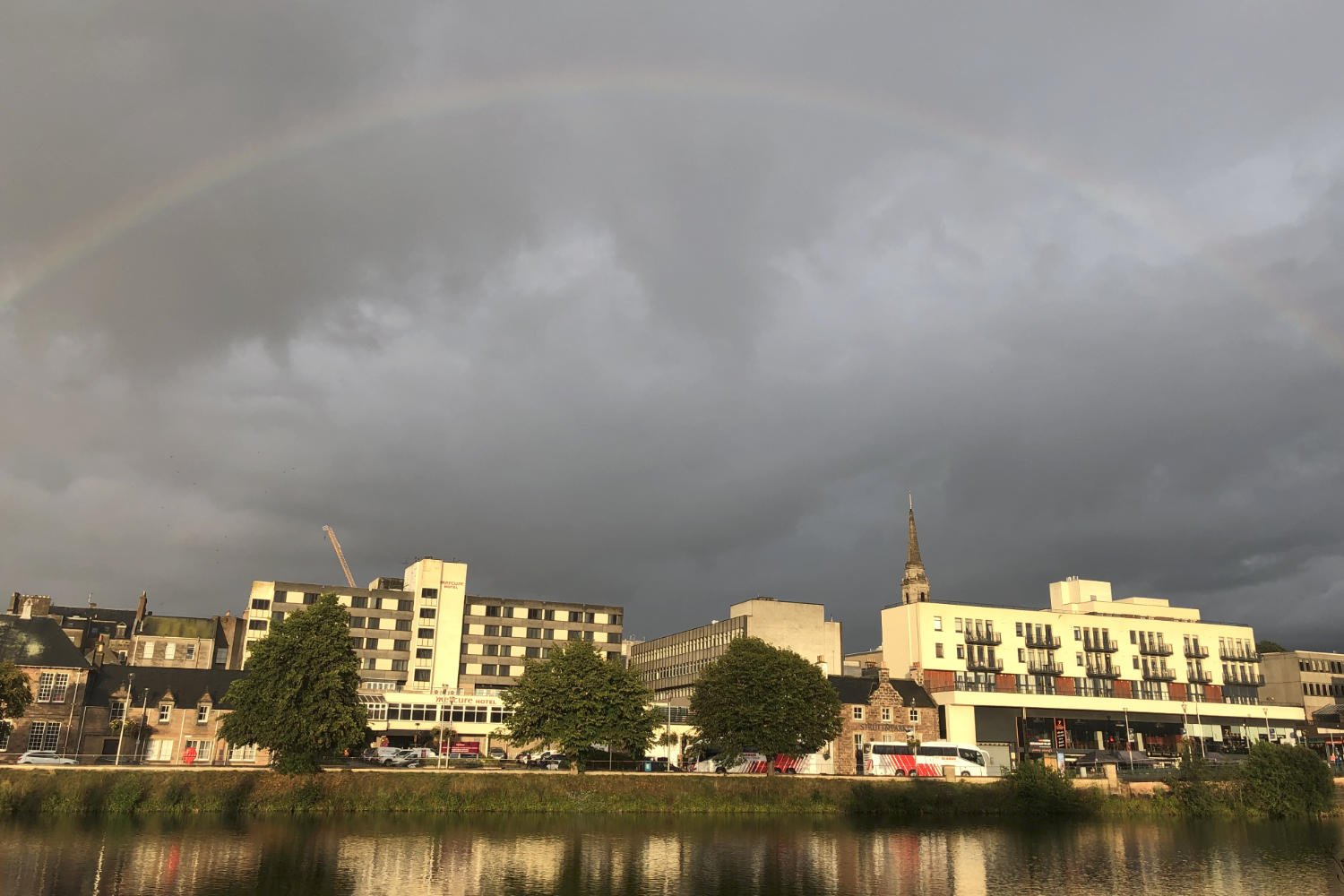
Ride practicalities
The route is well signed throughout as NCN 1
START/FINISH: Elgin/Inverness DISTANCE: 85km TOTAL ASCENT:693m TERRAIN AND SURFACES: quiet country lanes, cycle lanes RECOMMENDED CAFÈS/PUBS/ACCOMMODATION: Cawdor Castle has a very good café. Opportunities for you to find your own places to eat and stay. Suggested hotel; Inverness, Premier Inn NEARBY MAINLINE TRAIN SERVICES: Inverness PLACES TO VISIT; Cawdor; Cawdor Castle, Culloden; Culloden Battlefield LINKS TO OTHER RIDES: NCN1 stage 17, Stage 20
Ride notes
From Elgin, the lanes are single-track and quiet, running across fields and through woodlands. The landscape is reasonably flat and after the excitement of yesterday’s coast, this inland section struggles to lift itself above the ordinary. There are farms of more barley and some cows, some forestry
Cawdor Castle
Shakespeare using some inventive imagination had the usurper Macbeth kill King Duncan in Cawdor Castle. The historical event had happened a mere four centuries earlier before the castle was even built, and Macbeth was not the murderer but Thane William. But let not mere historical facts get in the way of a stately pile. It has been lived in by the same family for over 600 years - imagine that - you marry not only the man, but his castle too. There’s no escape, no let’s downsize/upsize/move away from here. Each inheritor have left their mark, and it has the feel of a real home rather than some remote stately mansion. Of course any student of Macbeth is going to allow their rampant imagination to seek the room where Duncan was murdered and where his ghost reappeared before his murder -”Thou canst not say I did it. Never shake / Thy gory locks at me.” The garden along with its maze is good for a wander and the food in the cafe is worth the stop alone.
Nearby is the Royal Brackla Distillery, should you be in need of a distillery tour.
After that it’s back on the bike and riding along more quiet single track roads through gentle mixed used landscape. Cattle, pine trees and barley seem to predominate. It is peaceful riding, undemanding and the miles tick by without undue effort.
Memorial to the fallen Scots
Charles Edward Stuart’s campaign to seize the British throne from the Hanoverians and return it to the Stuart House ended with one of the quickest battlefield defeats in history. It took all of 40 minutes of piercing fire from the Duke of Cumberland’s well disciplined troops to destroy the Jacobite 5,000 strong army. The brutal repercussions lasted for several years, with both the gallows and transport ships out to the West Indies being especially busy. The legacy of the ‘English’ victory is still evident today, with centralised power still very much in the hands of lawmakers in Westminster, despite some powers being ceded in the last couple of decades to the Scottish Parliament at Holyrood. To walk the battlefield is a salutary experience. There are paths and flags showing positions of the two armies, there are information panels and a good audio-visual. As one of the few geographical places that so changed our history, Culloden is definitely worth an hour or so of your time.
The Cumberland Stone
Riding away from the battlefield, you pass the Cumberland Stone. Tradition has it that it is where the Duke of Cumberland, the head of the English army, had his breakfast on the morning of the battle and from where, during the battle he used the conglomerate as a coign of vantage to survey the field. Today it serves as a bike prop.
Inverness
From the battlefield, good signage leads you into Inverness, a short ride away. You ride on a mixture of well appointed cycleways and back roads. It’s a little twisty and you need to stay alert for all the lefts and rights, but you’ll arrive in the centre of the city in good shape. Inverness is the regarded as the food centre of Scotland. There are many places to choose from suiting many purses. Try using the Good Food app, Time Out or even the Michelin App. Whatever you do, rest up for tomorrow you take the high road into the Highlands.
Every route on this website has been carefully researched as well as ridden. However situations on the ground can change quickly. If you know of changes to this route, or cafes, pubs and the like which you think other cyclists need to know about, feel free to share your thoughts below.
If you enjoyed this guide, why not subscribe to the website so as not to miss other inspirational routes?
wheremywheelsgo.uk is a Feedspot UK Cycling top website
